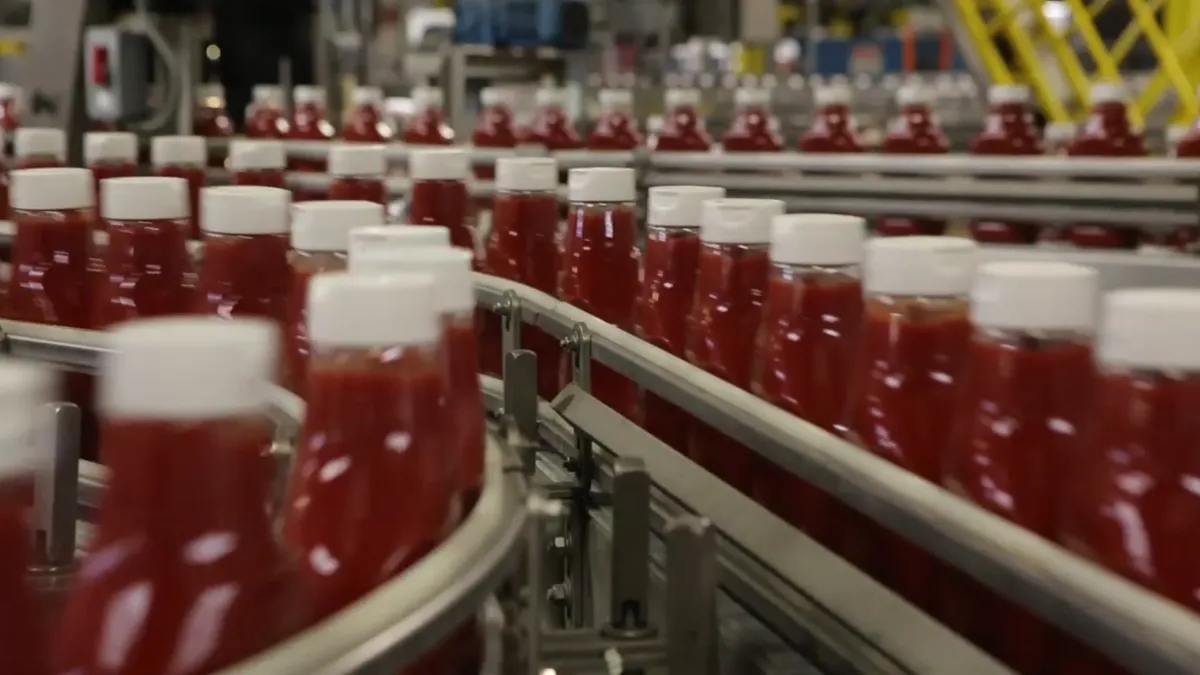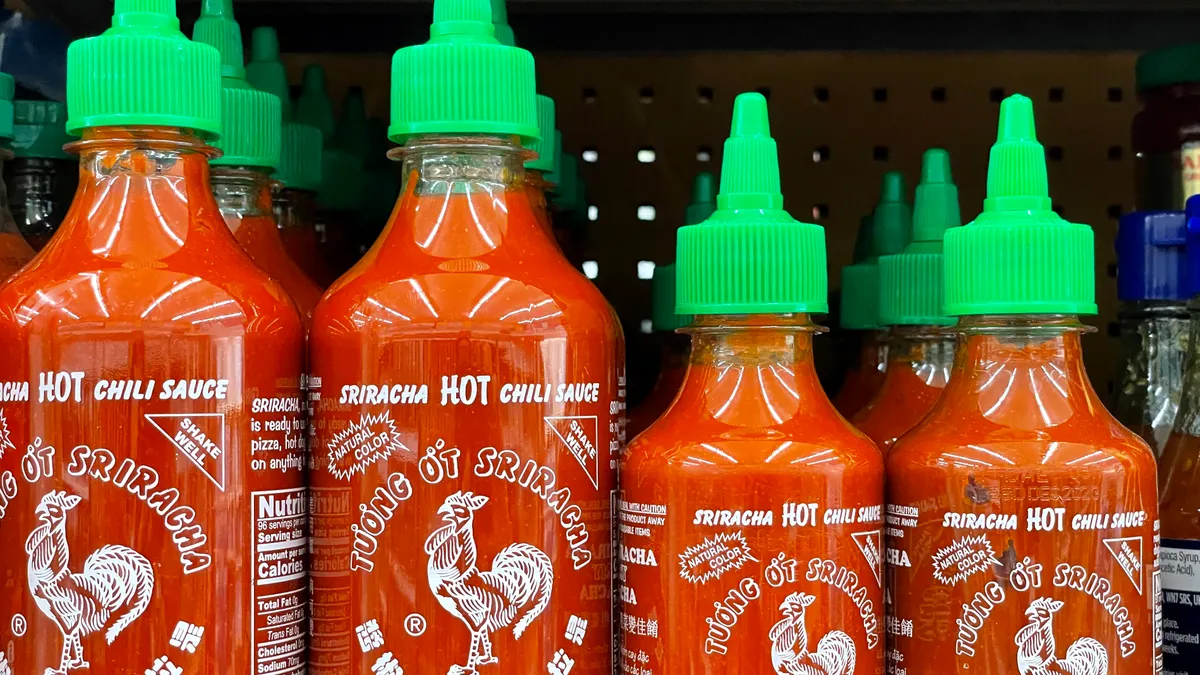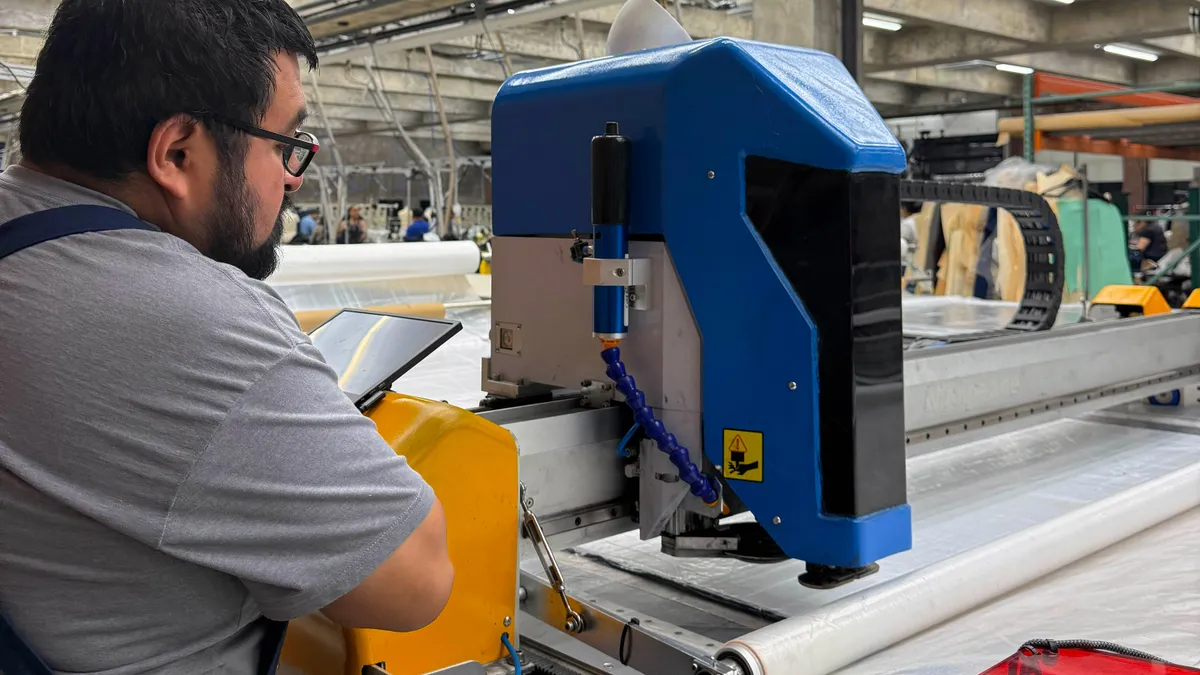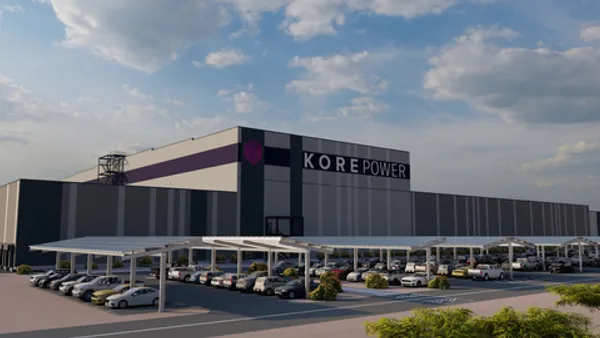Companies across the food and beverage space — from Unilever to Heineken and Mondelēz — have embraced and touted their AI technologies. The technology is being used in manufacturing to help cut costs, market products and craft new items to specific consumer demand. But companies without a clear strategy for its use within their supply chain are not yet seeing results after adoption.
A study released by software developer IFS in August found the expectations for what AI can accomplish within manufacturing companies are not being met when the technology is actually put into practice. The survey, consisting of responses from over 1,700 C-suite executives at manufacturing companies, found that despite continued optimism associated with the positive aspects of AI, hurdles remain before they can see a tangible benefit with cost reductions and innovations.
According to Kevin Miller, the chief technology officer at IFS, a big component to the rapid adoption of AI is pressure from boards of companies. But he cautioned that companies are not always looking at which AI components can improve their supply chains in a tangible way.
“Companies are sometimes racing to a solution,” Miller said. “AI is still somewhat in its infancy, and it can be wrong in the results that it gives back to you.”
Over half (55%) of manufacturers surveyed believe a lack of a strategic approach toward the technology within their companies is hampering their abilities to find success with it. A limited set of expertise with the technology was cited as the most common issue companies are running into, with 43% of respondents to the IFS survey listing it as the main factor slowing progress.
Miller added that while artifical intelligence was pitched as a magic box to solve problems, it’s not that simple.
According to Miller, AI can provide a holistic benefit to the food and beverage production process. One IFS client, a snack food manufacturer, noticed a dip in quality in their production, as raw materials were expiring faster than anticipated. The company installed some sensor devices to detect the temperature of the facilities with automated fans. When the temperature rose, the fans kicked on and circulated cool air, which led to enhanced food quality.
“This version of AI they’re using is not really anything a human couldn’t do, it’s just automating it to the point where there are many more data collection points to spot any anomalies much faster than a human can,” Miller said.
“The company needs to be ready for that type of transformation. It’s important to start with the fundamentals, like ‘What is the objective or challenge we’re trying to solve?’”













